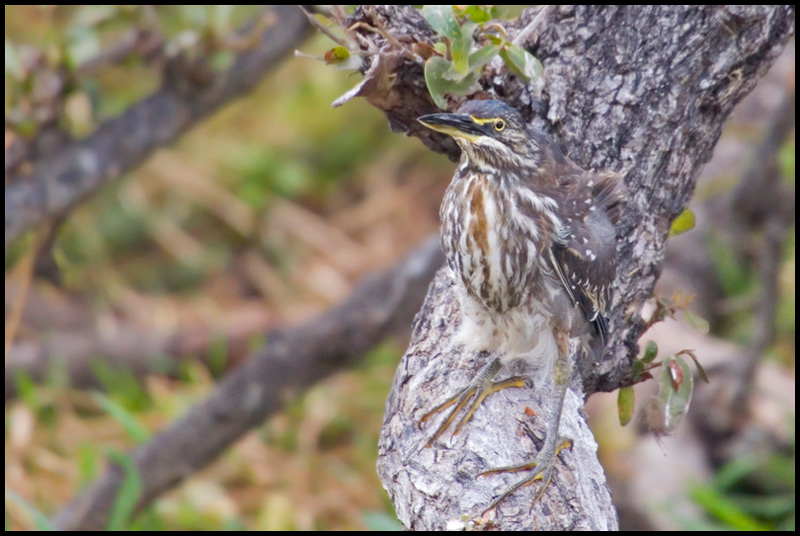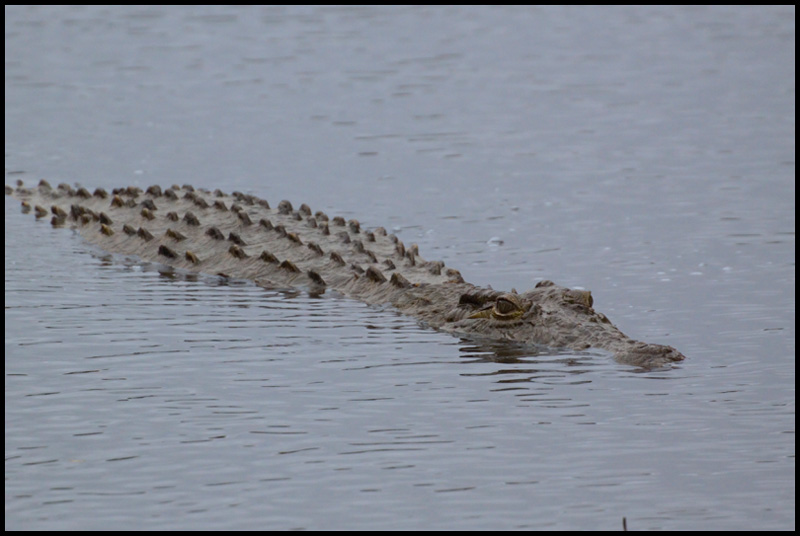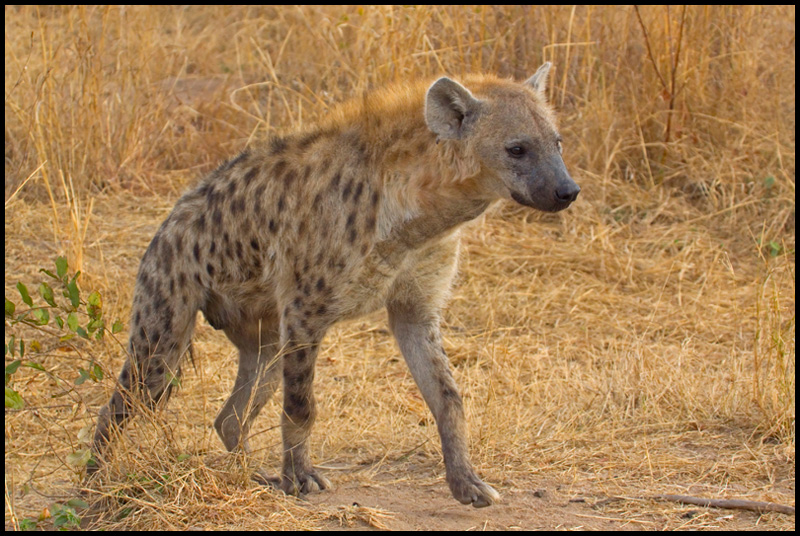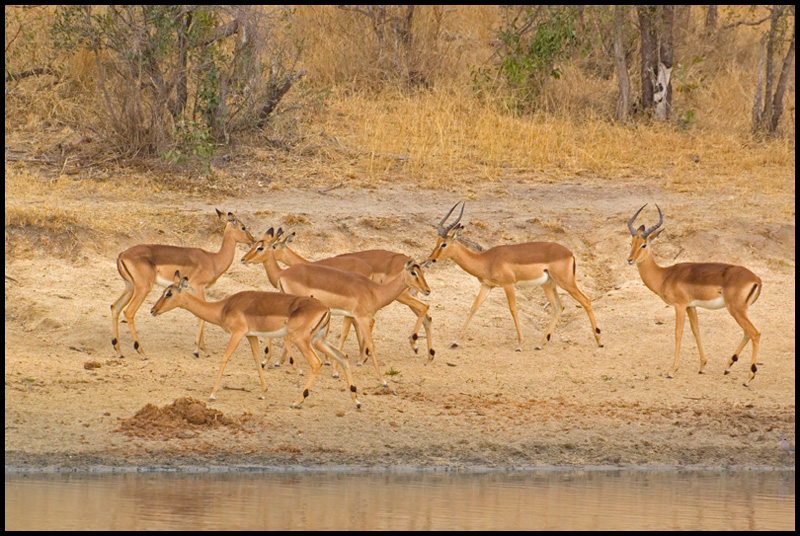Etapas del viaje / Trip sections:
El tercer día en Kruger iba a comenzar con una visita al Lake Panic Bird Hide, para, a continuación, dirigirnos hacia Preturioskop, siguiendo el curso del río Sabie. Tras visitar la zona de Pretoriuskop, volveríamos hacia Skukuza. Esa noche la íbamos a pasar, por falta de aloamiento en el interior, fuera del parque, pero muy cerquita de la Paul Kruger Gate.
The third day in Kruger was going to start with a visit to the Lake Panic Bird Hide. Thereafter, we were going to head towards Preturioskop, following the course of the Sabie River. After visiting the Pretoriuskop area, we would return to Skukuza. Our reservation for the next night was outside the park, but very near to the Paul Kruger Gate.
La crónica completa del viaje en eBird, incluyendo el mapa y la lista de aves observadas, se puede obtener pinchando en este enlace.
The complete eBird trip report, including map and the list of bird species can be seen in this link.
South Africa map. Location 15 corresponds to Kruger National Park.
La zona visitada, como se ve en el mapa inferior, se localiza en la zona suroeste del parque. El día iba a caracterizarse, como veremos dentro de un rato, por la abundancia de hienas manchadas.
The area that we visited this day was located, as seen in the map below, in the southwest area of the park. The day was going to be characterized by the abundance of spotted hyenas.
Kruger National Park map and area explored on August 20th, 2019.
El trayecto, tras visitar el Lake Panic Bird Hide, consistió en recorrer la carretera S3, pegada al río Sabie, para luego adentrarnos hacia Preturioskop. Desde allí volveríamos por la H1-1.
The route, after the visit to the Lake Panic Bird Hide, travelled through the S3 road, next to the Sabie River, and then arriving to Preturioskop. From there we returned through the H1-1 road.
Route on August 20th, 2019.
El Lake Panic Bird Hide es un observatorio muy cercano a Skukuza, con vistas a un pequeño embalse repleto de agua, que deparó unas observaciones interesantes. Entre ellas garcita verdosa, garcilla cangrejera, alcaraván acuático o avefría armada. También algunos hipopótamos lejanos, cocodrilo del Nilo y un macho de Bushbuck meridional.
The Lake Panic Bird Hide is an observatory overlooking a small reservoir full of water, located very near to Skukuza. It gave some interesting observations. Among them green-backed heron, squacco heron, Blacksmith lapwing or water thick-knee. Also some distant hippos, Nile crocodile and a male Cape Bushbuck.
La lista completa de especies observadas en el Lake Panic Bird Hide (10 especies de aves, 2 de mamíferos y una de reptiles) y su localización puede encontrarse en este enlace.
The complete list of species observed at the Lake Panic Bird Hide (10 bird species, 2 of mammals, 1 of reptiles) and its location can be seen in this link.
Y en la cercana Skukuza Indigenous Nursery, un pequeño criadero de plantas autóctonas, añadimos un par de especies más, un espectacular macho de suimanga pechiescarlata, y una cubla dorsinegra.
And in the nearby Skukuza Indigenous Nursery, a small nursery for native plants, we added a couple of species: a spectacular male of scarlet-chested sunbird, and a black-backed puffback.
La lista completa de especies observadas en la Skukuza Indigenous Nursery (2 especies de aves) y su localización puede encontrarse en este enlace.
The complete list of species observed at the Skukuza Indigenous Nursery (2 bird species) and its location can be seen in this link.
Siguiendo por la carretera S3, lo primero que aparecieron fueron varios búfalos cafre, junto con algún francolín de Natal y pigargo vocinglero.
Along the S3 road, there were serveral Cape buffalo, together with some Natal francolin and african fish-eagle.
Un poco más allá, ya cerca de Petroriuskop, nos apareció una manada enorme de búfalo cafre y algún gran kudú meridional.
A little further, near Petroriuskop, we found a huge herd of Cape buffalo and some Greater kudu.
El Shabeni Koppie, ya tocando Petroriuskop, es un afloramiento rocoso donde pudimos ver a placer varios saltarrocas.
The Shabeni Koppie, very near to Petroriuskop, is a rocky outcrop where we could see at pleasure several klipspringers.
Paramos a comer en Petroriuskop. Allí añadimos a la lista diaria tórtola senegalesa y prinia modesta.
We stopped to have lunch at Petroriuskop. There we added to the daily list laughing dove and tawny-flanked prinia.
Después recorrimos el Fayi Loop, también al lado de Petroriuskop. El paisaje contaba varios afloramientos rocosos, aunque no vimos más saltarrocas, pero sí un redunca meridonal que paseaba por un campo quemado y que no parecía percatarse de nuestra presencia.
After lunch we drove through the Fayi Loop, next to Petroriuskop. The landscape counted several rocky outcrops, although we did not see more klipspringers. However, we saw a southern reedbuck that walked through a burned field and did not seem to notice our presence.
Y de repente, volviendo por la H1-1, la sorpresa de la jornada. Vimos un par de coches parados, y allí, junto a la carretera, una hembra de hiena manchada con sus crías. Luego aparecieron más individuos, que cruzaban por debajo de la carretera. Un poco más allá, vimos un azor lagartijero oscuro y tres francolines coqui.
And suddenly, when we were returning through the H1-1 road, the surprise of the day. We saw a couple of cars that were stopped, and there, just in one side of the road, there was a female spotted hyena with her young. Then, more individuals appeared, crossing below the road. A little further, we saw a dark chanting-goshawk and three coqui francolins.
Finalmente, nos acercamos al Transport Waterhole. En la orilla contraria a nuestra posición, varios impalas, avefrías armadas, y pigargo vocinglero. Y de nuevo, y en nuestra misma orilla, vimos aparecer, repentinamente, otro par de hienas. Quizás formaban parte de una manada diferente, ya que la distancia entre este avistamiento y el anterior era grande. Realmente impresionantes. Un buen final para el día.
Finally, we approached the Transport Waterhole. In the shore contrary to our position, several common impalas, Blacksmith lapwings, and african fish-eagle. And again, an in our same side, we saw, suddenly, how another pair of hyenas appeared. Perhaps they were from a different pack to that from the first sighting, since the distance between them was large. Really awesome. A good end for the day.
La lista completa de especies observadas en la ruta entre Skukuza, Petroriuskop y Paul Kruger Gate (40 especies de aves, 17 de mamíferos y una de reptiles) y su localización puede encontrarse en este enlace.
The complete list of species observed between Skukuza, Petroriuskop and Paul Kruger Gate (40 bird species, 17 of mammals, 1 of reptiles) and its location can be seen in this link.











































